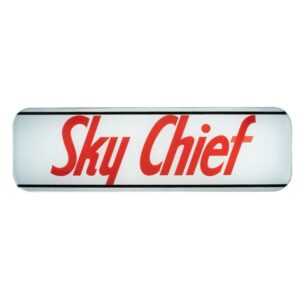Restoration and Preservation Techniques for Advertising Glass
Proper restoration of vintage advertising glass requires specialized knowledge and techniques to preserve both the historical integrity and visual appeal of these collectible pieces. The restoration process begins with careful assessment of the glass condition, identifying areas of damage such as chips, cracks, or faded graphics that may compromise the piece's authenticity and value.
Professional restoration techniques include precision glass cutting for edge repairs, color-matched paint restoration for faded graphics, and protective coating applications to prevent future deterioration. The key to successful restoration lies in maintaining the original manufacturing characteristics while addressing structural issues that could lead to further damage. Many collectors work with specialized restoration services that understand the unique properties of mid-century advertising glass and can provide museum-quality results.
Preservation strategies extend beyond restoration to include proper storage, display methods, and environmental controls that protect these valuable pieces from UV damage, temperature fluctuations, and physical stress. Investment in quality restoration not only preserves historical artifacts but also maintains and often increases their collectible value for future generations.




